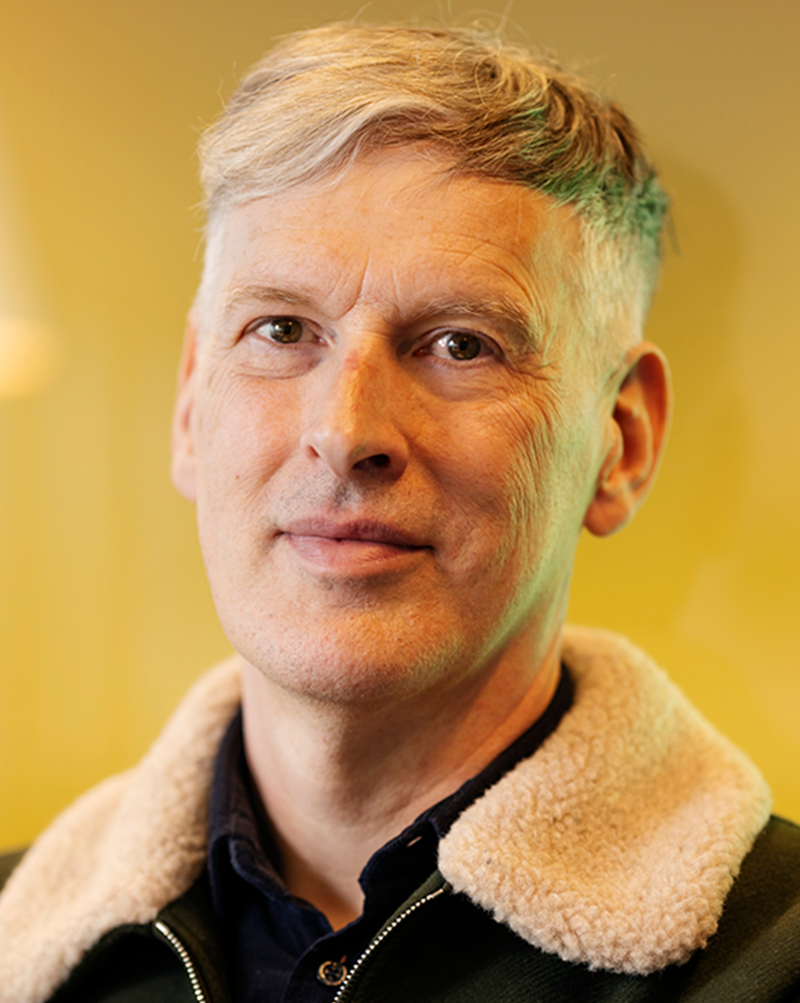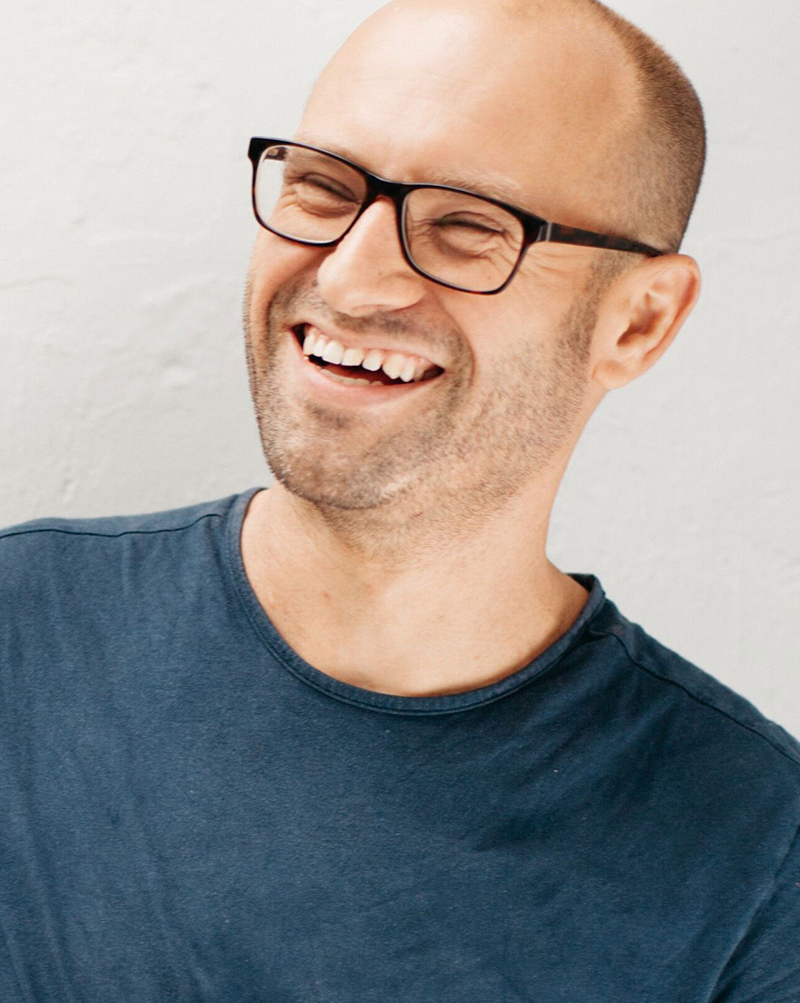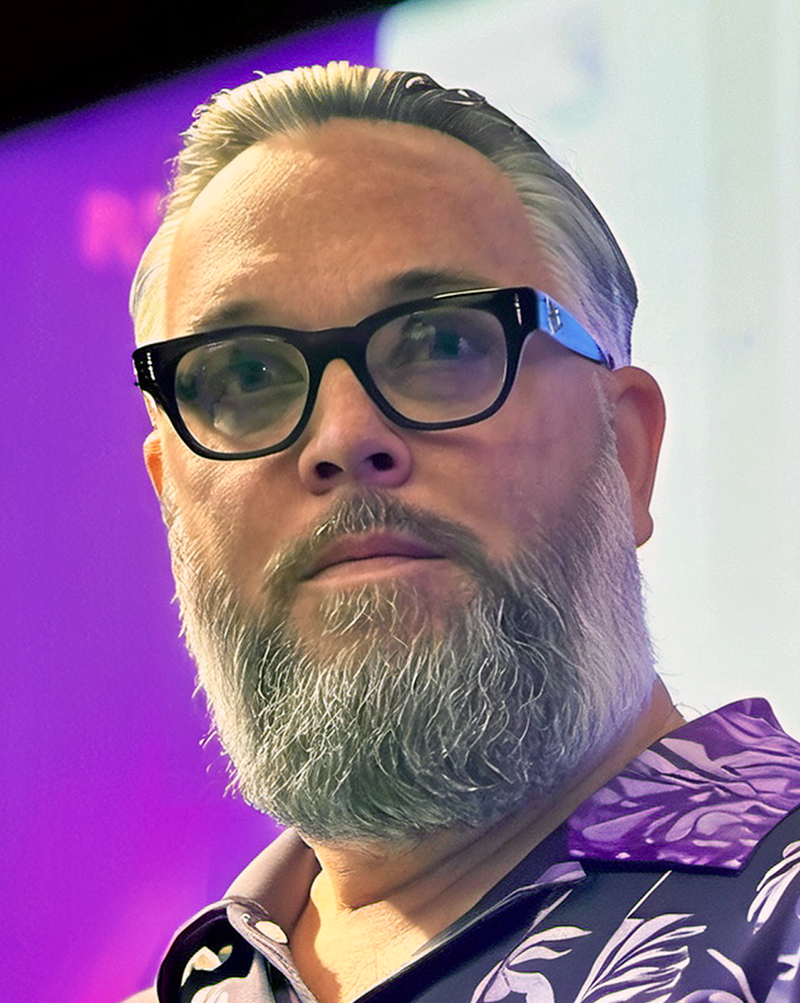About Chrissy Welsh
Chrissy is a VP Experience working within the B2C space at KPN. She builds elevated experiences that drive business growth for digital products.
Her areas of interest and expertise are within AI, fintech, health-tech, e-commerce, & digital product innovation She is a design thinker, innovator, and creator.
She aims for clarity, simplicity and consistency while leaving space for fun and surprising details for users. Her previous work includes being UX Director at ING analytics & Global UX Directors at Deloitte & Philips.
What is your vision on our UX industry? What are exciting innovations that impacts your work as well?
I believe we’re entering one of the most exciting shifts in experience design. The era of brochure-style websites and app obsession is coming to an end.
In the near future, people won’t search, they’ll ask, and Large Language Models will become the main interface between people and organizations. Experience will live inside LLMs and autonomous agents that anticipate intent, reason contextually, and act on our behalf. For designers, that means our job is moving from crafting screens to shaping behaviour and converse through intelligent systems. At KPN, we already see this happening as we build AI agents that make digital life simpler, faster, and a little more human. The challenge for our industry is to design not just for clicks or flows, but for trust, transparency, and a few sparks of personality.
Innovations that have made an impact on my work.
AI has shaped my work from the very start. Back at Philips, I helped train early precision diagnosis models to detect cancer from MRI images, and they were often more accurate than doctors (which made for some interesting lunch conversations).
That project taught me that when designed well, AI doesn’t replace expertise, it amplifies it. Since then, at ING and now KPN, I’ve seen the same story play out at scale, from copilots that boost creativity to digital agents that solve customer problems in seconds. AI is no longer just a tool, it’s becoming a design material. How we shape it next will define what “good experience” really means in the age of intelligence.






